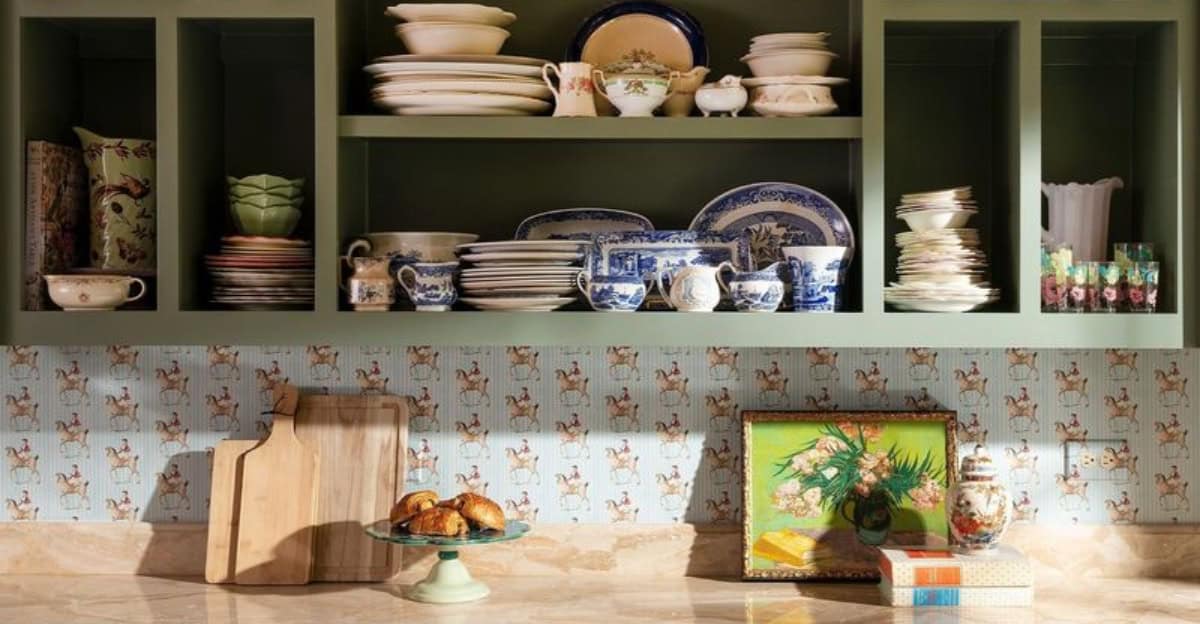In the era of Pinterest-perfect interiors and Instagram-worthy spaces, it’s easy to overlook the potential health hazards lurking in trendy home designs.
While aesthetics play a significant role in home decor, hygiene should not be compromised.
1. Open Shelving in Kitchens
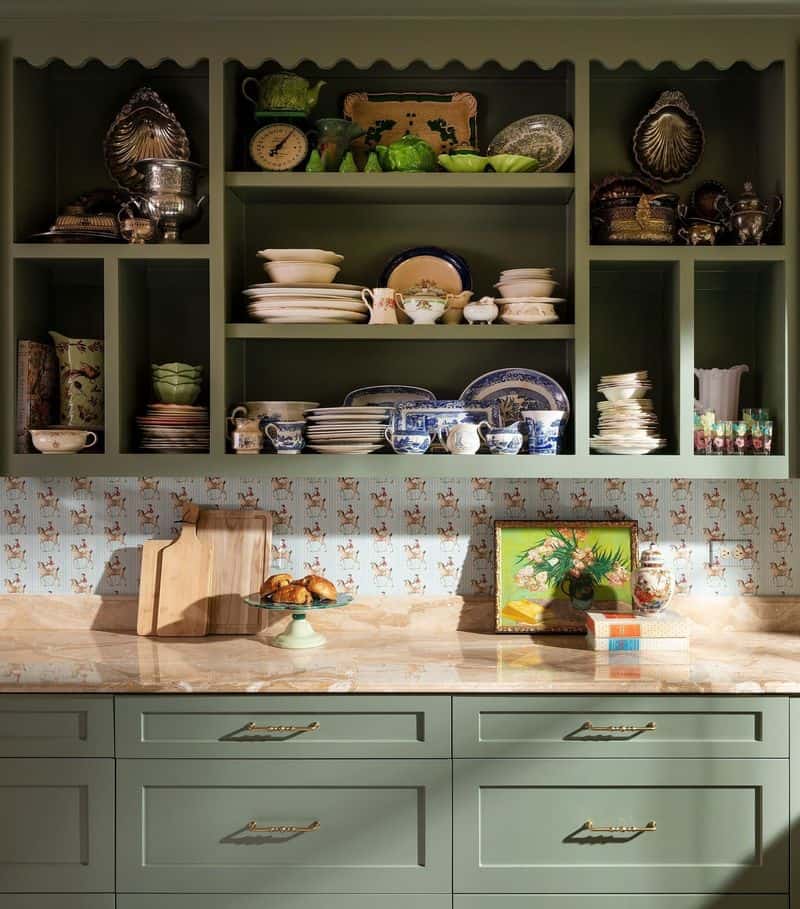
Open shelving in kitchens can quickly turn from trendy to troublesome. While it offers easy access and displays beautiful dishware, it also collects dust and cooking residue.
Regular cleaning is essential to prevent grease build-up, especially near the stove. Moreover, exposed dishes may become a catch-all for airborne particles.
Closed cabinetry, on the other hand, protects contents from grime, making maintenance easier while ensuring a tidy appearance.
2. Wall-to-Wall Carpeting
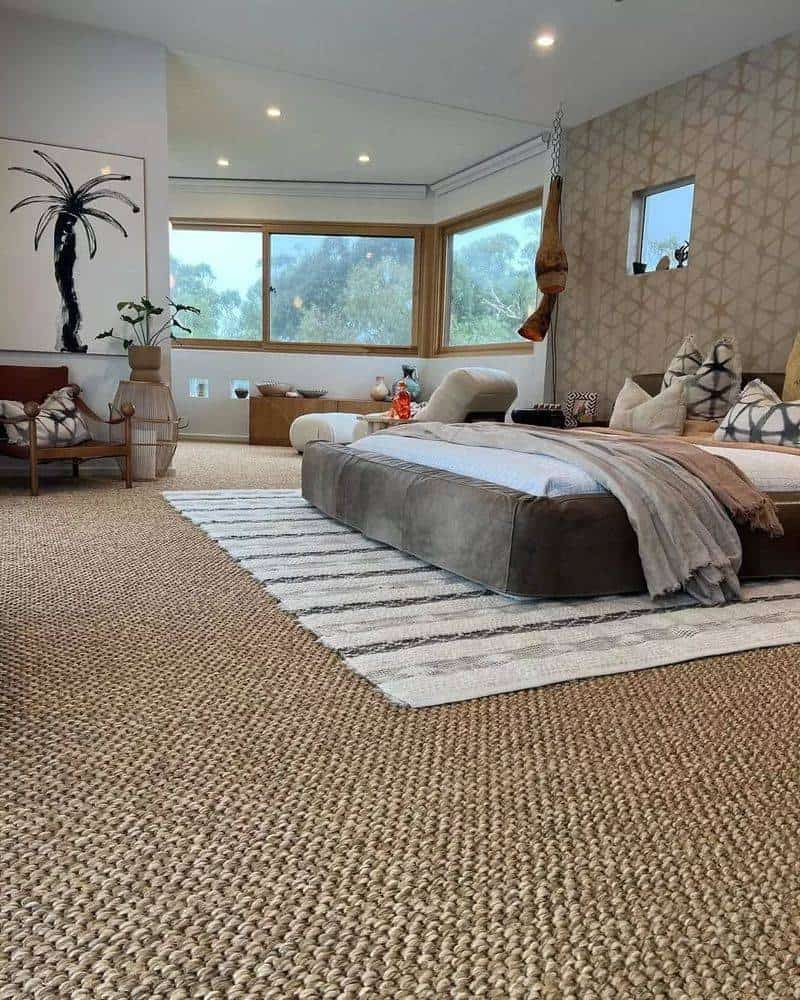
Wall-to-wall carpeting, once a symbol of luxury, often harbors allergens like dust mites and pet dander.
These can exacerbate allergies and asthma in susceptible individuals. Regular vacuuming is necessary, yet not always sufficient to remove deeply embedded dirt.
Consider switching to hardwood floors or tiles, complemented by area rugs that can be easily cleaned or replaced.
3. Carpeted Bathrooms
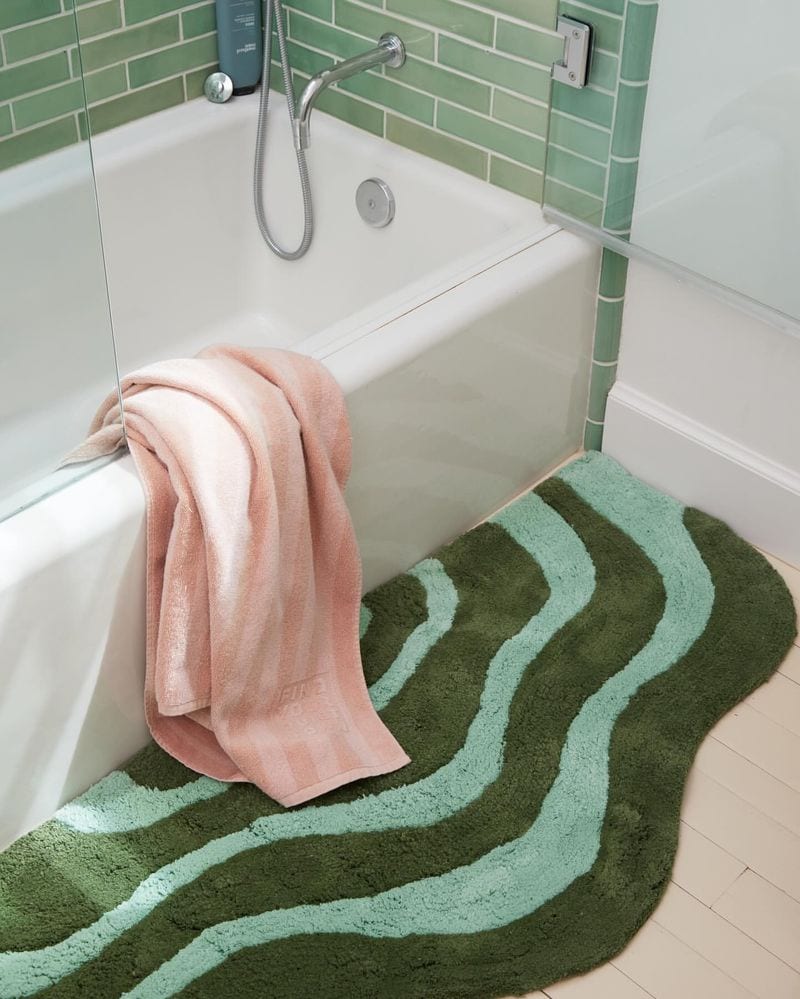
Carpeted bathrooms, though cozy underfoot, can be a breeding ground for mold and bacteria.
The combination of moisture from showers and spills creates an ideal environment for unwanted growth.
Unlike tile or vinyl, carpet absorbs moisture, holding it in and allowing pathogens to flourish.
Regular cleaning becomes a daunting task due to the risk of water damage and persistent odors.
Opting for washable rugs or moisture-resistant tiles can maintain comfort without sacrificing cleanliness.
4. Indoor Water Fountains
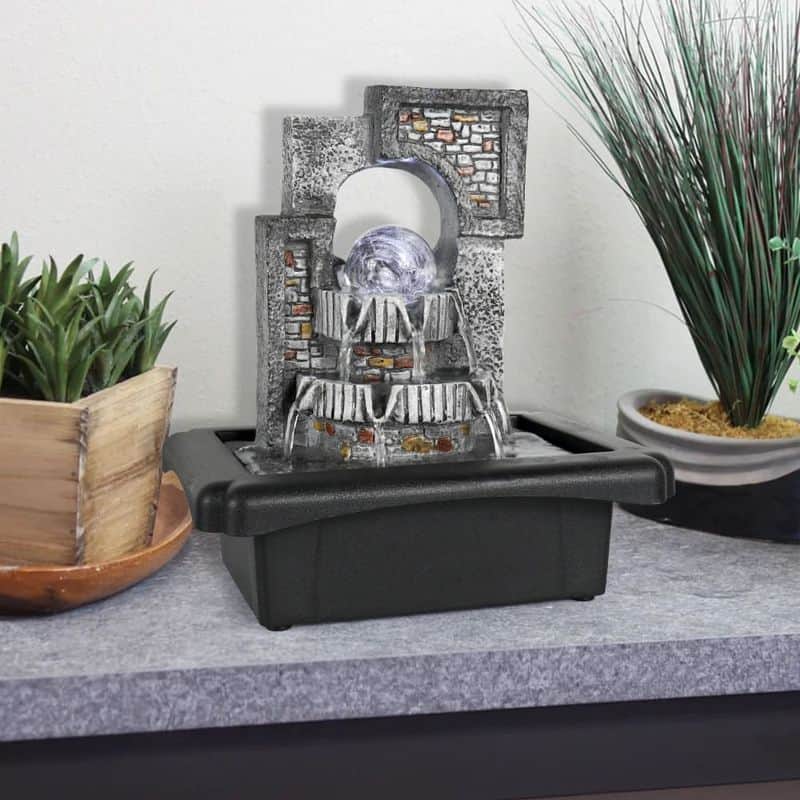
Indoor water fountains provide a soothing ambiance but can quickly become unsanitary.
Standing water invites bacteria and algae, particularly if not cleaned regularly.
The humidity they produce may also contribute to mold growth on nearby surfaces. Regular water changes and thorough cleaning are required to keep them hygienic.
Alternatively, opting for decorative yet low-maintenance options can enhance your space without the hygiene challenges.
5. Excessive Throw Pillows
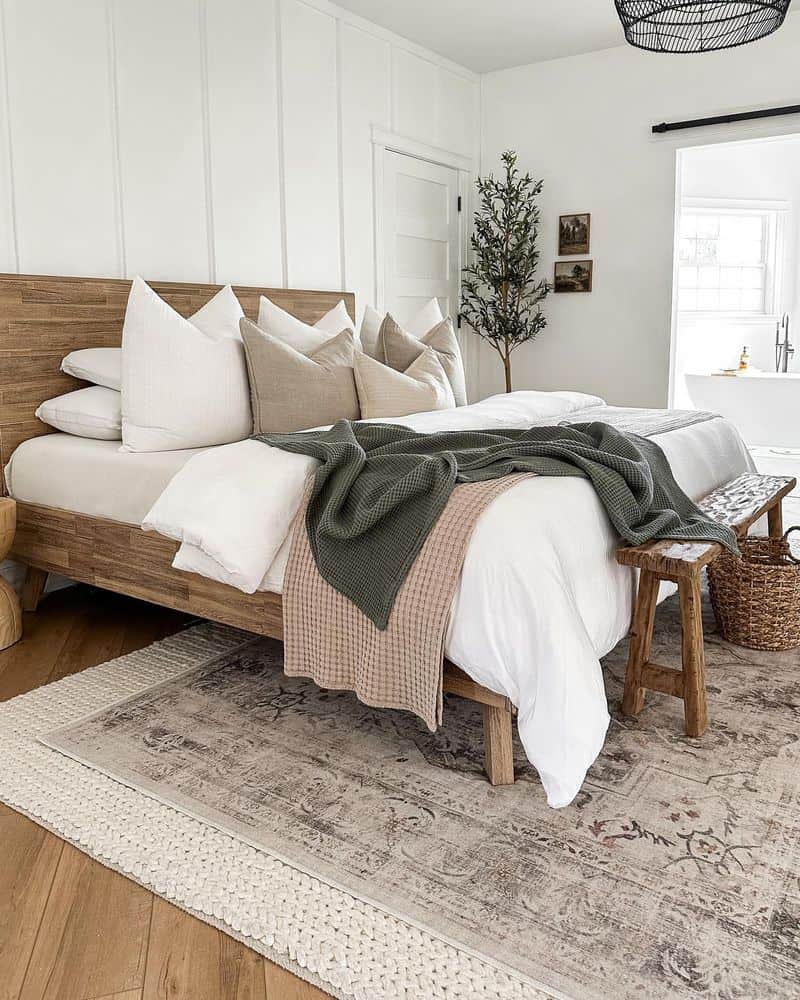
Excessive throw pillows, while visually appealing, can become dust magnets. They often go unnoticed during regular cleaning routines, allowing allergens to accumulate.
Frequent washing or vacuuming is essential to maintain a healthy living space, particularly for allergy sufferers. Rotating pillows or reducing their number can also simplify upkeep.
Embrace minimalism for both style and practicality, ensuring comfort without compromising hygiene.
6. Open Floor Plans
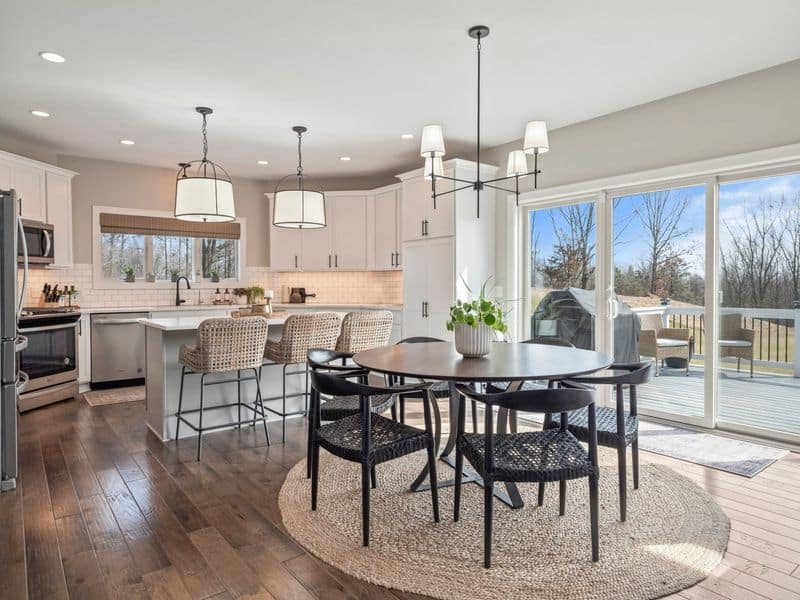
Open floor plans offer a sense of space and connectivity but can pose unique hygiene challenges.
Cooking odors and dust can travel unimpeded, settling in living areas and upholstery.
Without physical barriers, it’s crucial to have a robust ventilation system and regular cleaning regimen to keep spaces fresh.
Designating specific zones for activities and investing in air purifiers can help mitigate the spread of contaminants, maintaining a healthy environment.

